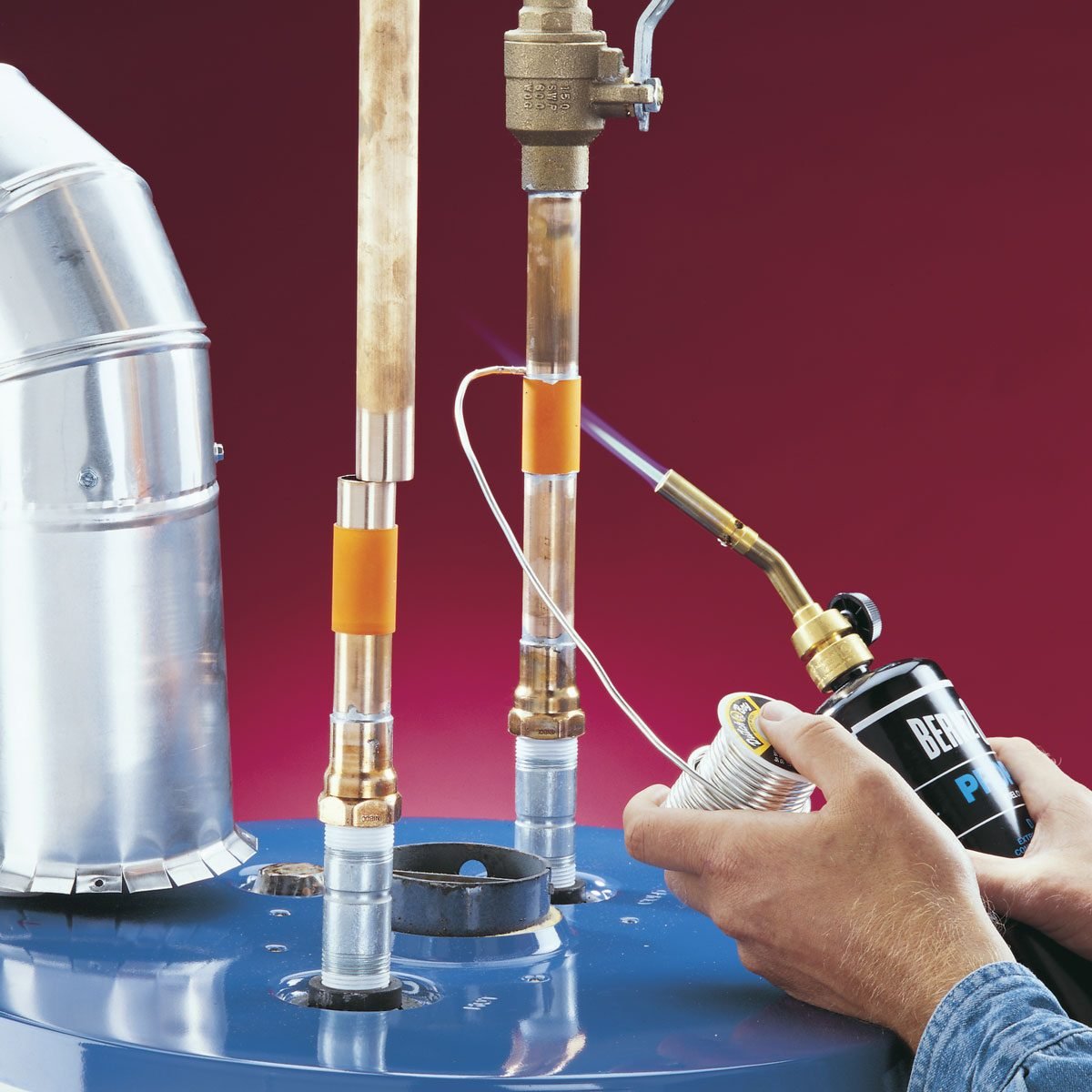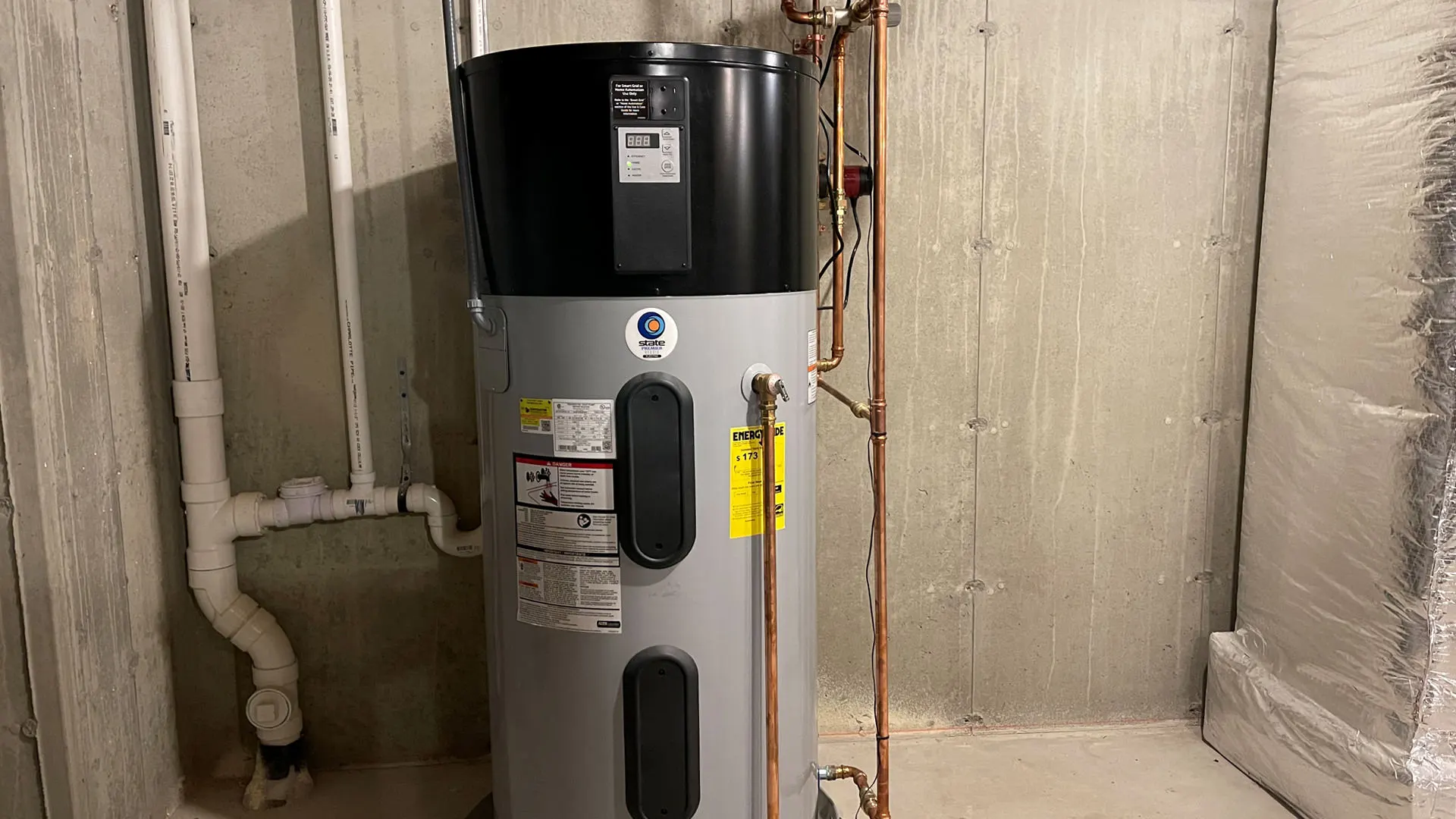The Ultimate Overview to Safe and Effective Water Heater Installation
The installment of a water heating unit is a crucial task that calls for precise focus to detail and adherence to safety criteria. As we check out the important elements of an effective installment, it's essential to take into consideration the potential pitfalls that might develop if not approached with treatment.
Picking the Right Water Heating Unit
When picking a water heater, house owners must consider several crucial elements to guarantee optimum performance and effectiveness. The first consideration is the kind of hot water heater, which normally includes tankless, storage tank, heatpump, and solar versions. Each type has its very own benefits and negative aspects, influencing energy usage, recovery rates, and installment needs.
Next, it is necessary to analyze the dimension or capability of the hot water heater. This depends on the home's warm water demand, which can differ based on the variety of residents and their usage patterns. An unit that is too small will lead to insufficient warm water supply, while an extra-large device may lose power.
Energy performance is one more important variable. Home owners need to try to find units with high power element (EF) ratings, as these indicate better performance and lower operating expense with time. Furthermore, the gas source-- electrical power, natural gas, or propane-- will influence both setup prices and recurring expenditures.
Preparing for Setup
Correct preparation is crucial for a successful water heating system installment, and there are numerous key actions homeowners should comply with. First, examine the installment area to guarantee it follows regional building regulations and safety and security guidelines. This consists of monitoring for appropriate air flow, clearance area, and availability for maintenance.
Next, shut off the water system and power or gas to the existing hot water heater to avoid any crashes throughout the installment procedure. Drain pipes the old device completely to prevent any type of spills, and separate it from the plumbing and source of power.
Additionally, collect appropriate documentation such as service warranties, setup handbooks, and local plumbing codes to guarantee conformity. If any type of upgrades are required for pipes or electric systems to fit the new system., this is likewise the time to identify.
Last but not least, take into consideration informing your next-door neighbors if the setup might cause interruptions, and guarantee that children and animals are avoided the workplace. By taking these preparatory actions, homeowners can promote a smoother setup process, decreasing possible hold-ups and complications.
Devices and Products Needed
An efficient toolkit is crucial for an effective water heating unit setup. Having the right tools and products accessible not only simplifies the procedure yet likewise makes certain safety and conformity with neighborhood codes.
First, collect fundamental hand devices, including a monkey wrench, adjustable wrench, screwdrivers (both level and Phillips), pliers, and an utility blade. These will certainly help in eliminating old installations and protecting new connections. A drill with proper bits may be needed for mounting and protecting the water heater.
Following, ensure you have pipes materials such as Teflon tape, pipe installations, and flexible hoses for connecting water lines. For gas hot water heater, a gas line adapter and a pipe joint compound are critical. Consider likewise having a level to make sure proper positioning.
Safety and security devices should not be forgotten; gloves and safety goggles secure versus possible hazards. Finally, confirm the accessibility of necessary products like a brand-new hot water heater, expansion tank (if needed), and any extra insulation or airing vent parts.
Step-by-Step Setup Process

Next, prepare the new water heating system by placing it in the designated location, guaranteeing it is degree and stable. Connect the chilly water supply line to the inlet and the warm water line to the outlet, utilizing appropriate fittings. For gas heating systems, guarantee the gas line is effectively linked and that all fittings are protected.
Once the pipes connections are established, attach the power supply. For electrical heating systems, this includes electrical wiring the device to the electrical panel, following neighborhood codes. For gas devices, ensure to install an airing vent system that meets safety criteria.

Safety Tips and Best Practices
Making certain safety throughout water heating system installment is critical to prevent accidents and guarantee a smooth procedure. Firstly, transform off the power supply or gas line to the existing system before beginning any kind of work. This will certainly mitigate the threat published here of electric shock or gas leaks. In addition, it is important to use suitable individual protective equipment (PPE), such as handwear covers and safety and security goggles, to protect versus potential threats.
Before installment, evaluate the area for any kind of indications of water damage, More about the author mold and mildew, or structural issues that may posture threats during or after the setup process. Make certain that the installment complies with local building regulations and producer standards to avoid future liabilities. water heater. It is advisable to have a fire extinguisher close by, specifically when dealing with gas systems
During the installment, keep appropriate air flow to avoid gas build-up. If the job seems frustrating, take into consideration working with a qualified professional to make certain the work is finished safely and effectively. After installation, test the system thoroughly to verify appropriate operation, checking for leakages or uncommon sounds. By adhering to these security tips and best methods, you can ensure an effective hot water heater installment.
Verdict
To conclude, effective setup of a water heating system needs careful preparation and adherence to safety procedures. Compliance with local codes, correct preparation of the installation website, and making use of appropriate tools and products are important for ensuring an efficient process. Implementing safety pointers and finest methods safeguards both the residential or commercial property and the installer. For those lacking experience, enlisting the solutions of a certified professional is suggested to assure ideal security and functionality of the water heater.
Make certain the water supply is turned off and the existing water heating system is disconnected. Attach the cold water supply line to the inlet and the warm water line to the electrical outlet, look these up utilizing appropriate fittings.Ensuring safety and security throughout water heater installment is critical to protect against mishaps and ensure a smooth operation.Prior to installment, inspect the area for any kind of indicators of water damage, mold, or structural problems that might posture risks during or after the installment procedure. By sticking to these safety ideas and finest methods, you can make certain a successful water heater setup.